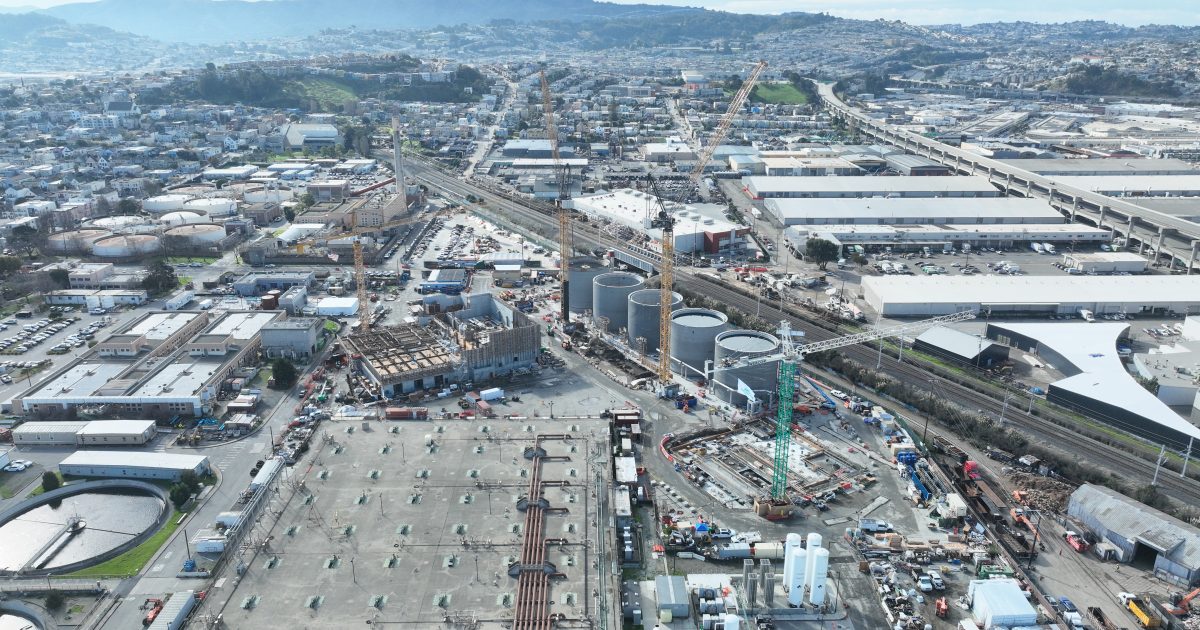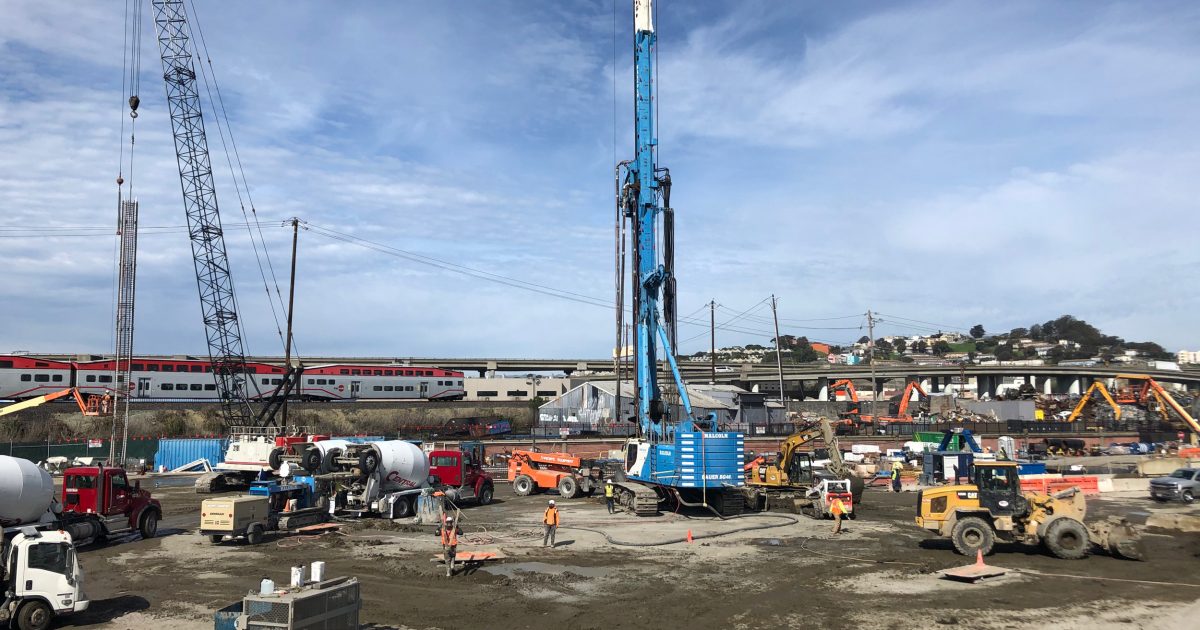The Biosolids Digester Facilities Project (BDFP) involves the design and construction of new solids treatment, odor control, energy recovery, and associated facilities at the San Francisco Public Utilities Commission (SFPUC) Southeast Water Pollution Control Plant (SEP) in San Francisco. The BDFP will upgrade the aging SEP solids treatment as part of SFPUC’s Sewer System Improvement Program (SSIP). The BDFP will produce higher quality “Class A” biosolids, meet projected wastewater treatment needs through 2045, increase resiliency against future sea level rise, treat odors more effectively, and improve the ability for critical facilities to withstand a 7.8 magnitude earthquake.

ENGEO provided geotechnical engineering services in support of design and construction for the facilities and associated pipeline and utility infrastructure for a site with complex subsurface conditions. The site stratigraphy included undocumented fills, liquefiable sand, and soft bay mud, with variable depths across the site. We assessed geologic hazards and performed state-of-the-art analyses to provide practical recommendations for mitigation. Our analyses included developing design acceleration response spectra to optimize foundation design for multiple facilities over various subsurface conditions. We also designed and monitored a full-scale field-test program for deep foundations, and further optimized foundation design based on the results obtained from the field-test program; the field-test program resulted in significant savings to the project. We also provided engineering services during construction, which included observation of auger-cast piles, drilled shafts, and micropiles.

The SFPUC Biosolids Digester Facilities Project faced several significant geotechnical challenges, including non-engineered fill, soft and compressible clay, strong seismic shaking, liquefiable soils, and a confined artesian aquifer. We conducted a comprehensive seismic and geotechnical investigation program to characterize site conditions. We analyzed our findings from the investigation program to develop conclusions and recommendations to address seismic and geologic hazards. Engineering analyses included developing design acceleration response spectra and analytical modeling of numerous foundation systems. One of the key recommendations implemented was the construction of a 150-foot-deep slurry diaphragm shoring wall to cut off seepage, the installation of over 700 auger-cast piles, and the installation of over 500 micropiles to resist hydrostatic uplift forces for the Anaerobic Digestion Facility. Additionally, the project team implemented a full-scale lateral and vertical load test program to optimize the deep foundation design.